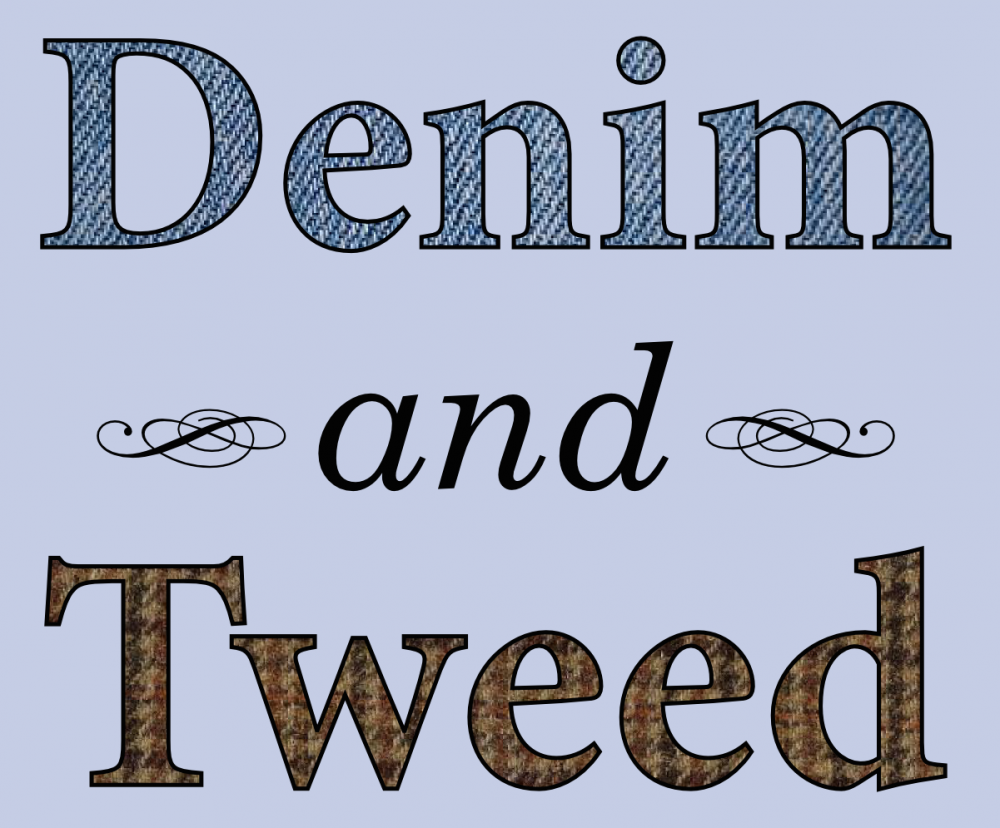 Are better mass-market tomatoes on the horizon? Photo by rachelandrew.
Are better mass-market tomatoes on the horizon? Photo by rachelandrew.- This week at the Molecular Ecologist: Introducing a new repository for useful snippets of code.
- Yum. Modern genetic methods and old fashioned cross-breeding may yet make supermarket tomatoes tasty.
- Selection is selection. An evaluation of genetically modified organisms, from an evolutionary biology perspective.
- God only knows what’ll happen to NSF. The “sequestration” budget cuts are wreaking havoc at NIH.
- Viral silliness. In which a marine biologist extensively objects to Buzzfeed.
- With video! NASA’s plan to capture and sample an asteroid.
◼


![[DSP] May 18: Heat Wave](https://i0.wp.com/farm3.staticflickr.com/2102/2503623702_1af73b2801_z.jpg?w=584)






